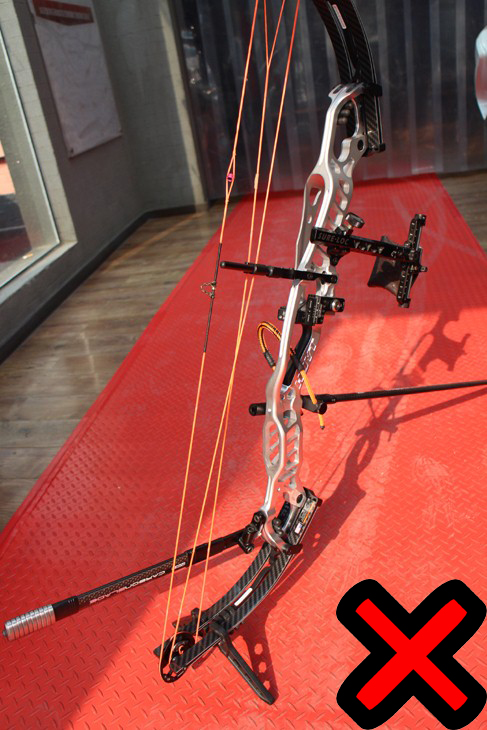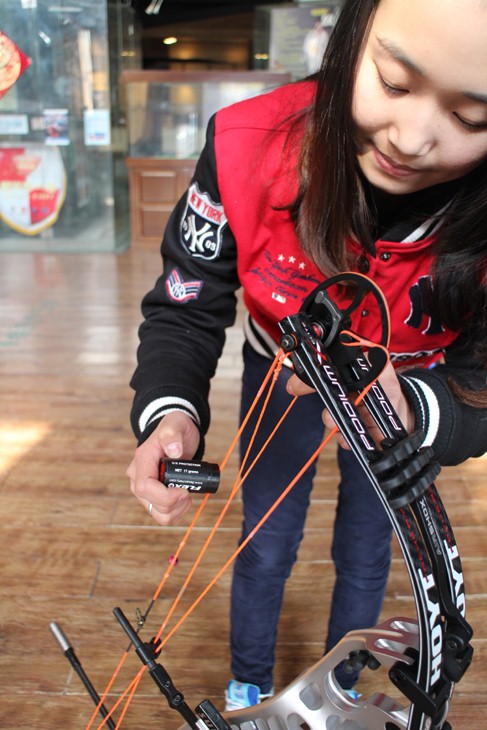Release time:2024-10-28 16:06:59Clicks:author:SPG ArcheryMain categories:Bows, Arrows, Archery Accessories
Square stance: Square stance is also called parallel stance, which is the most basic standing posture in archery.
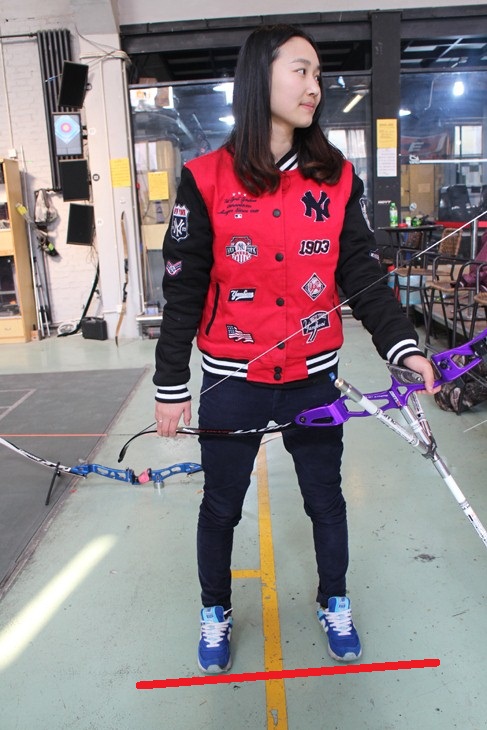
Basic requirements are:
Stand with your feet shoulder-width apart, on both sides of the shooting line, with your feet slightly outward, as close to the center of the target as possible.
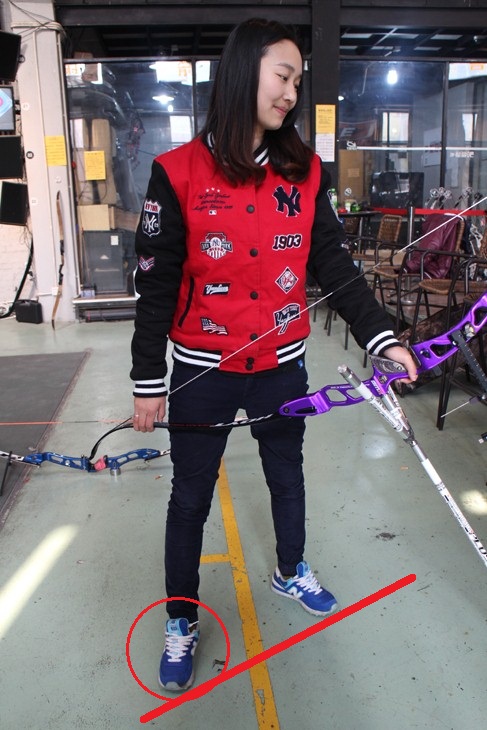
Square stance adopts the basic standing posture of the human body, which is more natural and not easy to produce excessive flexion and twisting of the trunk. It is more suitable for beginners and female archers.
Its advantages are that it is easy for archers to master and it is the most natural; the disadvantage is that the archer's body is prone to shaking and has weak wind resistance.
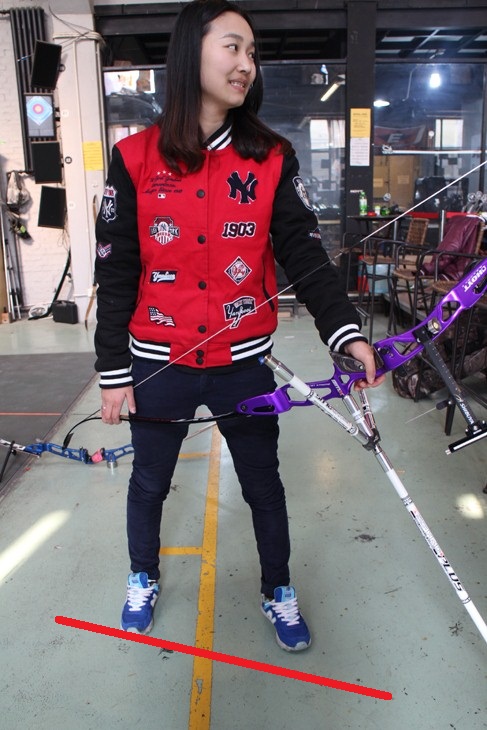
Open stance: Open stance is also called open stance.
Basic requirements are:
Stand with your feet apart on both sides of the shooting line, with the toe of the left foot outward at an angle of about 45 degrees to the center of the target, and the right foot parallel to the shooting line, with the sole or heel on the center of the target.
This standing style should be appropriately wider. This standing style is helpful to strengthen the strength of the back muscles of the string-pulling arm. Since this standing style causes a greater twisting of the trunk during archery and more muscles are involved in the work, the weight must be evenly distributed on both feet, and the knees must be kept stable. Special attention should be paid to the direction of the bow holding arm and the initiative of the force.
Its advantages are strong wind resistance, easy relaxation of the shoulder joint, and relatively easy force of the back muscles; its disadvantages are that the archer's front shoulder is easy to retract and the center of gravity of the body is easy to change.
Close stance: Close stance is also called hidden or locked stance.

Basic requirements are:
Stand with your feet apart on both sides of the shooting line, with the left foot parallel to the shooting line, the sole or heel of the foot on the bull's eye line, and the right foot slightly backward and standing diagonally, at an angle of about 70 degrees to the bull's eye line.
Close stance is helpful in strengthening the front support force and also has a certain compensation effect on the body. When the bow is raised, the center of gravity of the human body will shift to the side of the bow holding arm. In this case, turning the trunk slightly to the right (spine rotation) will compensate for maintaining body balance, reduce the burden on the sacrospinal muscles, keep the body in the middle position, and facilitate the use of technology. However, the disadvantage is that it is easy to cause the shoulder of the bow holding arm to shrug, destroy the linear force of the front support, and cause the wrong action of the bow string hitting the arm. In addition, this standing method is also disadvantageous to strengthening the force of the back muscles.
Its advantage is that it is conducive to the linear force of the front support of the bow holding arm; the disadvantage is that due to the protruding shoulder of the bow holding arm, the bow string is easy to hit the arm when releasing the arrow.
¡ñNo matter which standing method is used, both feet must not touch the shooting line.
For more information, please refer to: http://www.archerysalon.com/forum.php?mod=viewthread&tid=32335&extra=page%3D1
Maintenance
Avoid moisture, high temperature, and long-term direct sunlight. The life of the bow string is generally 20,000 arrows or 2 years. Avoid bumping the bow and cutting the bowstring with sharp objects. If you find any unusual noise, find the problem immediately, which is usually caused by loose screws. It is forbidden to wax the string guard of a compound bow, and it is forbidden to add lubricating oil to the bearings. It is forbidden to use a hair dryer for waxing.
